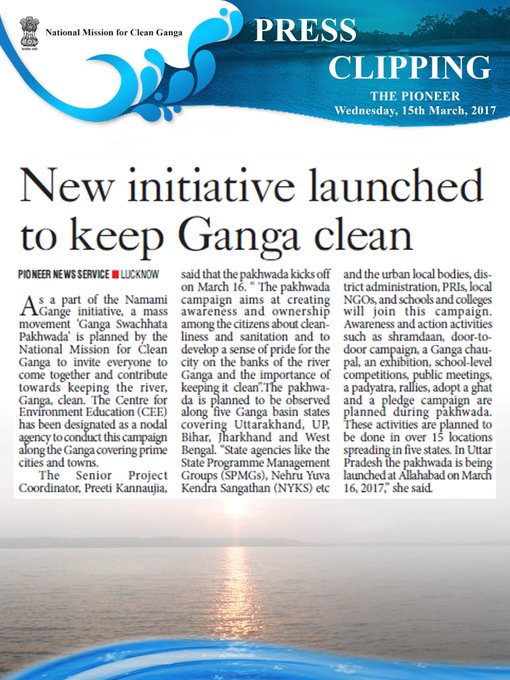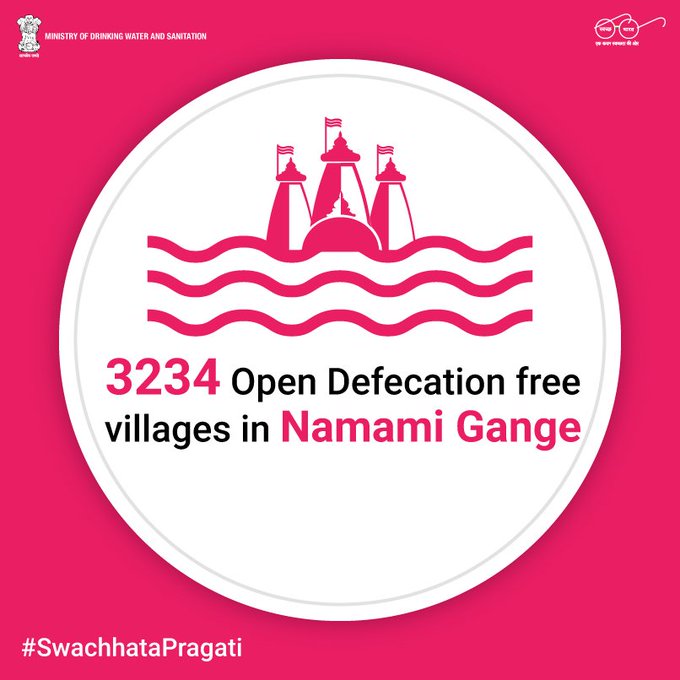Environment ministry planning to ease coastal regulation norms
The environment ministry’s plan to revamp coastal regulation norms could open up the 7,500km-long coastline for developmental projects but environmentalists fear for marine life
The environment ministry is planning to revamp India’s coastal regulation norms, a move that could open up India’s 7,500km-long coastline for developmental activities.
Environmentalists say that the proposed norms would have serious implications for the marine environment and are weaker compared with the current Coastal Regulation Zone (CRZ) notification, 2011.
The draft of the new coastal norms, accessed by environmentalists using the right to information (RTI) law, reveals that it would open the coastline for activities such as tourism and real estate.
The draft Marine and Coastal Regulation Zone (MCRZ) notification 2017 was accessed by Meenakshi Kapoor, who works at the Delhi-based think tank Centre for Policy Research, using the RTI Act 2005, on Tuesday. Kapoor criticized the environment ministry for not releasing the draft to the public for wider consultations.
“Since 2014, the entire process of reviewing and revising the CRZ notification, 2011 has been a closed-door exercise, she said.
“Instead of the environment ministry inviting suggestions and feedback from coastal communities, researchers, urban planners and legal experts on the implementation of the CRZ Notification and proposals for reform, there has been a reluctance to share the details of this review.”
The draft, reviewed by Mint, is currently under inter-ministerial consultation.
An environment ministry official, requesting anonymity, said the draft is expected to be finalized soon. The draft has already been discussed with the Union ministries of tourism, shipping and urban development.
“Once views of the ministries are included, it would be put online for views and suggestions from all stakeholders including public and experts,” the official said.
An analysis of the draft reveals that it proposes to shrink the no-development zone in rural coastal areas from 200m from the high tide line now to merely 50m, where temporary tourism facilities will be permitted.
The draft proposes to also allow temporary tourism facilities in ecologically sensitive areas.
The proposed notification also states that state and Union territory governments are to prepare tourism plans for their respective MCRZ areas.
According to the draft, housing and basic infrastructure for local inhabitants will also be allowed after 50m from the high tide line in rural areas, compared with the 2011 notification which permitted houses for coastal communities after 100m.
The draft also proposes to reduce the coastal protection zone for islands from the present 500m from the high tide line to just 20m.
The proposed draft also proposes to give powers to state authorities to decide the extent of developmental activities.
The draft, however, clarifies that activities related to Defence Research and Development Organization, Indian Space Research Organisation, exploration and extraction of oil and natural gas and extraction of minerals will continue to require clearances from the environment ministry.
India’s first CRZ notification was issued in 1991, under the Environment Protection Act, 1986, empowering the central government to restrict industrial activities and processes to protect the coastline. It was amended 25 times before being comprehensively revised in 2011.
In June 2014, the National Democratic Alliance government constituted a committee under Shailesh Nayak, then secretary in the ministry of earth sciences, to look into issues raised by states regarding the 2011 CRZ notification. In January 2015, the Nayak panel submitted the report. That report has also not
been made public by the ministry.
been made public by the ministry.





